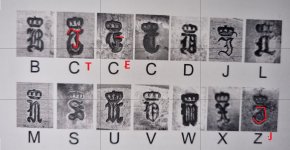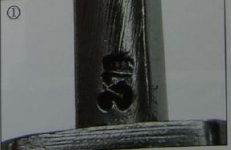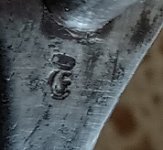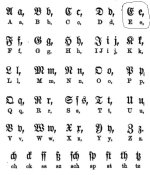markwadeks98
Active member
These are the frakturs recored as being used by erfurt

No erfurt is recorded as using a T fraktur , do you perhaps have pics of the fraktur you are referring to ?
I don't have access to Williams book , any chance you can post a picT in Erfurt is visible on page 383 Williams marked piece W11 Erfurt marked.pg 388 on Erfurt W12 marked KS5278





